The Magnificent Works of Monet
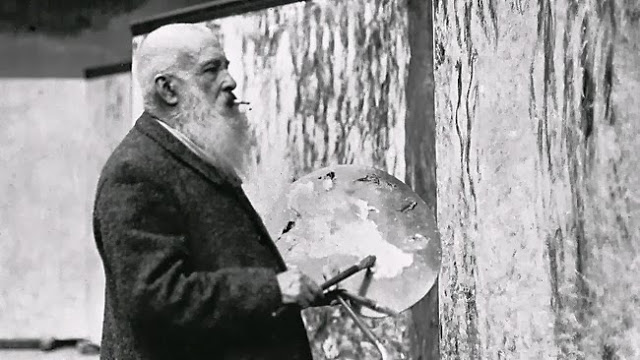
Where it all began
One of the most famous names in art history, Claude Oscar Monet was born in Paris on the 14th November 1840. He began to show a creative interest in drawing when he moved with his family to the Normandy coast at age five, a hobby that his mother, a singer and poet, actively supported. His father, however, worked in the family shipping business and had hopes of young Monet one day joining him. This would create tension between them as he grew older, something that only got worse after his mother died in 1857 and he struggled financially as an artist.
His immature style lay in drawing caricatures of everyone he met, from friends and family, to teachers and members of his local community. When he met Eugene Boudin in 1857, he became more interested in painting the outdoors, a theme that would remain with him throughout his career.
Painting in Open Air
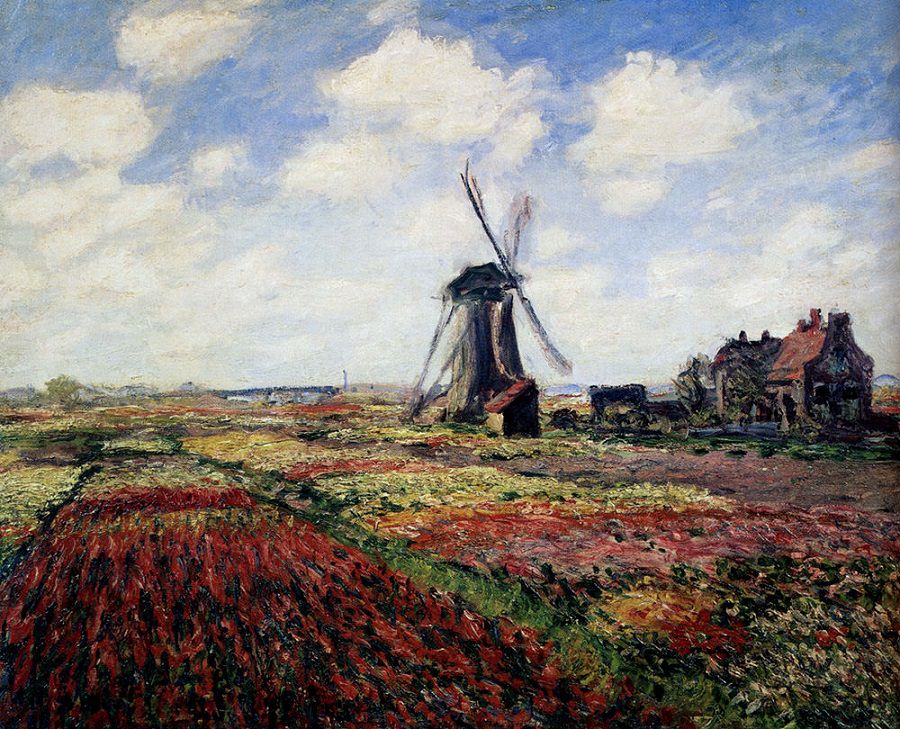
Boudin was a huge inspiration to Monet, introducing him to a very different way of painting. Previously, artists had painted from memory, sitting in a dedicated studio to create works of art based completely on what they could recollect of a scene. Boudin preferred to take his easel out into nature and paint what he could see. It was almost unheard of amongst artists at the time, but this way of capturing an image inspired Monet and encouraged him to give up his caricature drawings and pick up a paintbrush instead.
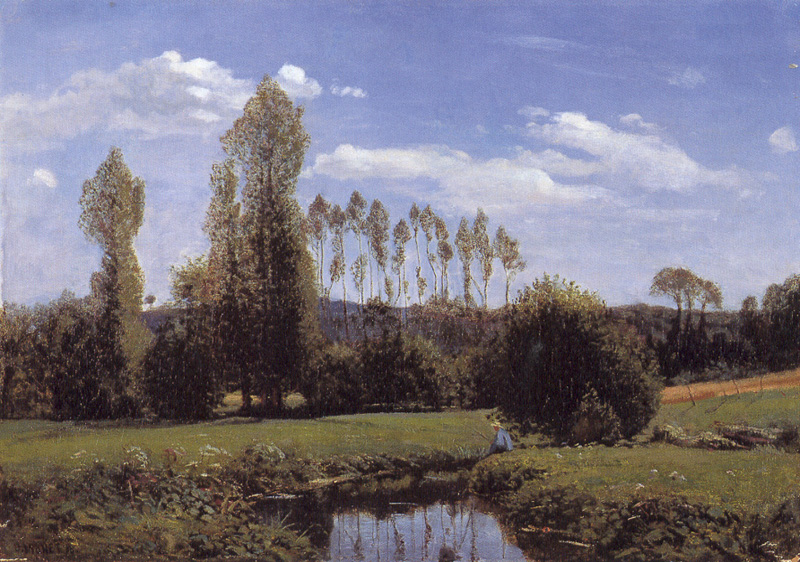
Monet spent some time practising with his friend, occasionally selling pieces in order to make ends meet. One of the first notable paintings that he created in this style was View At Rouelles Le Havre, a beautiful landscape picture that emulates the realism style. He also painted a few images that were considered to be more commercial, such as La Japonaise – a complete departure from his usual style in an effort to make some money.
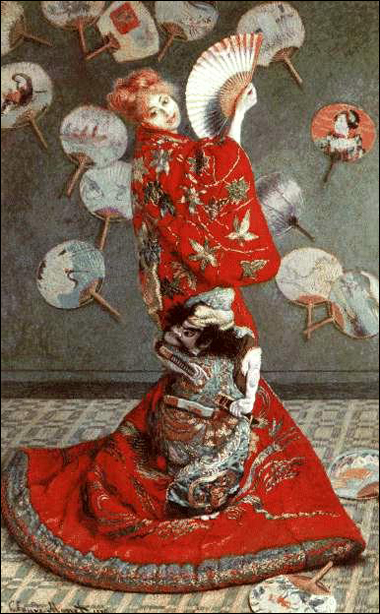
Critical Response
Monet moved to Paris in 1859 and was chosen to exhibit his work in the Salon art show in both 1865 and 1866. In the second year, they chose the painting, Woman in Green Dress, a portrait of his wife-to-be, Camille Doncieux. He had actually been working on a far grander project, but an artist friend insisted that it would not be ready in time. Woman in Green Dress was painted very quickly, in just four days, and was adored by the critics.
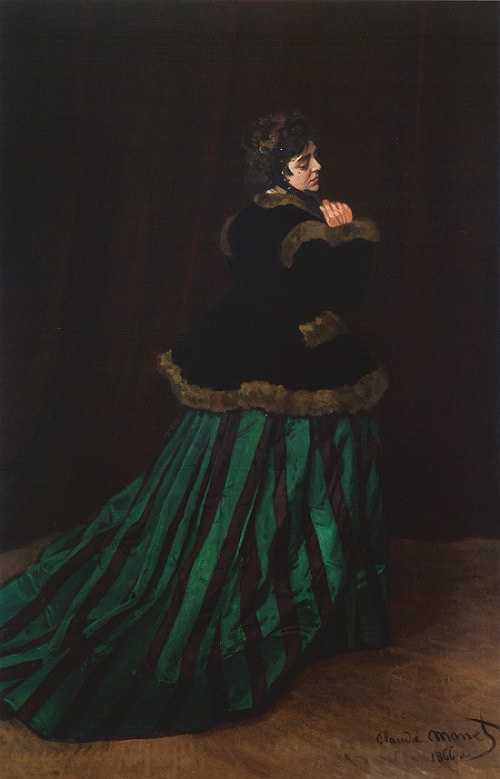
Despite success in both shows, Monet still did not receive the financial recognition he so desperately needed. His father was unwilling to help and so, a year after the birth of his first son, Jean, in 1857, Monet attempted suicide by throwing himself into the Seine river.
Thankfully, this attempt was unsuccessful, and together with his family, Monet moved to London where he met his first art dealer and money worries were alleviated for a while.
Impressionism
It was not until 1874 that Monet really found his unique style. He had returned to France and banded together with a group of other artists. A critic had termed their work as “impression”. It was intended as an insult – he claimed that the paintings seemed unfinished, focusing on form and light rather than the true value of a subject. However, the term seemed to resonate with the group and their fans and so impressionism was born.
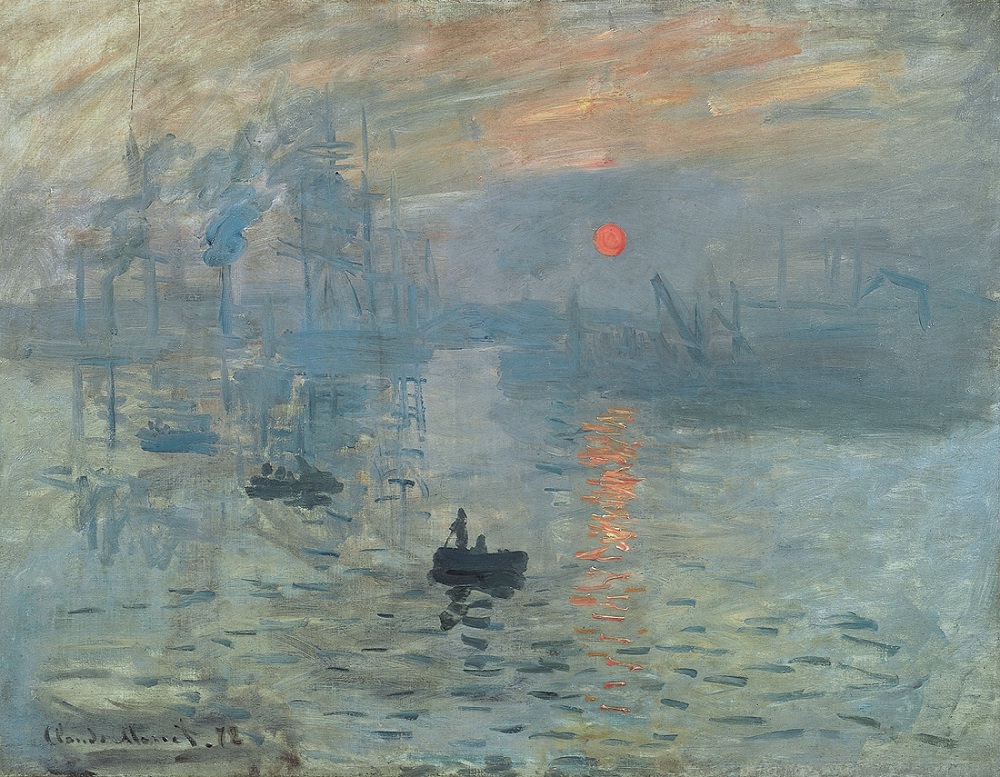
One painting in particular, Impression, Sunrise, seemed to be the emphasis of the style. It was a depiction of Le Havre harbour in the fog. His new honed technique used short brush strokes and strong colours, shunning the blending that came with classical painting.
By the late 1880s, Monet became fixated on one or two scenes, painting the same setting in different colours or shades, playing with the way the light effected his focus. These series of paintings became very famous, with notable examples being the Water Lilies and Haystacks.
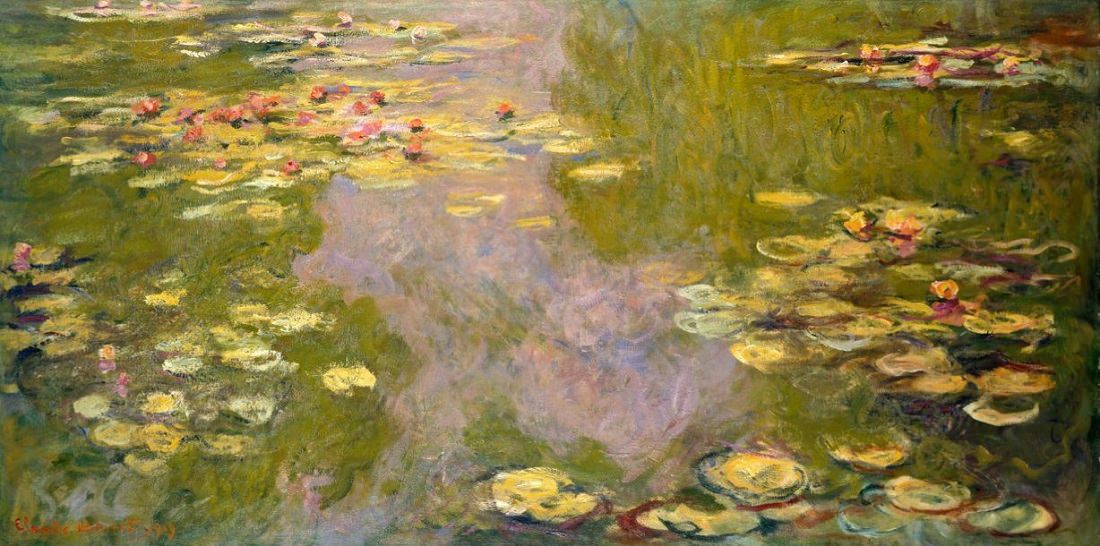
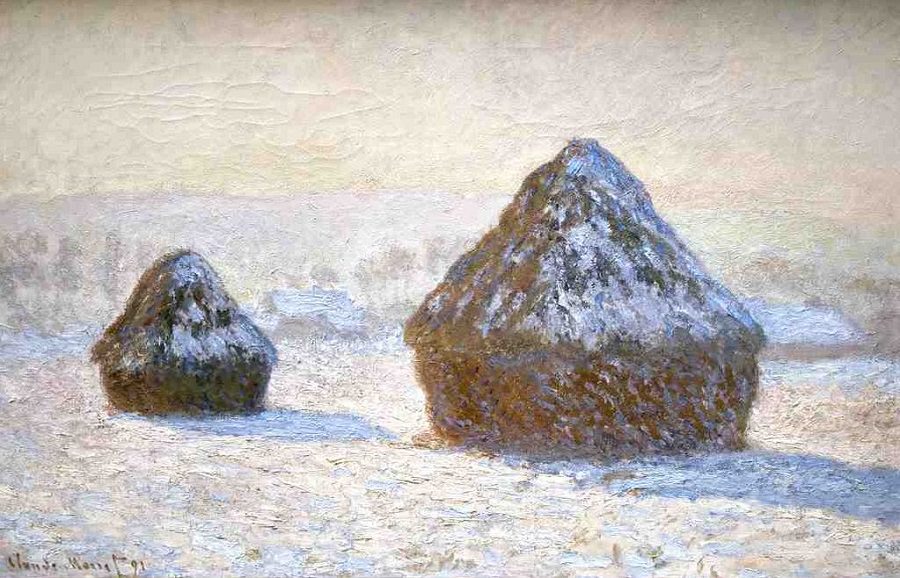
Later Works and After Death
Monet struggled with depression throughout his life, particularly after the death of Camille, his first wife, and Alice, his second wife. At times of severe frustration, he would destroy and deface his paintings, so that there are many great works of art we shall never see. However, in his later years it seemed to take a complete grip on him, as he fell out of touch with popular culture and his health started to fail.
He continued to paint right up until his dying day, on December 5th, 1926. He died believing he had been a failure in life and that he had had little influence on the art world. He could not have been more wrong, however, providing inspiration to many and leaving behind a huge collection of paintings that today can sell for millions of pounds. In fact, in 2015, the Water Lilies collection sold for £36.5m at Sotheby’s in New York, proving that his legend still lives on.
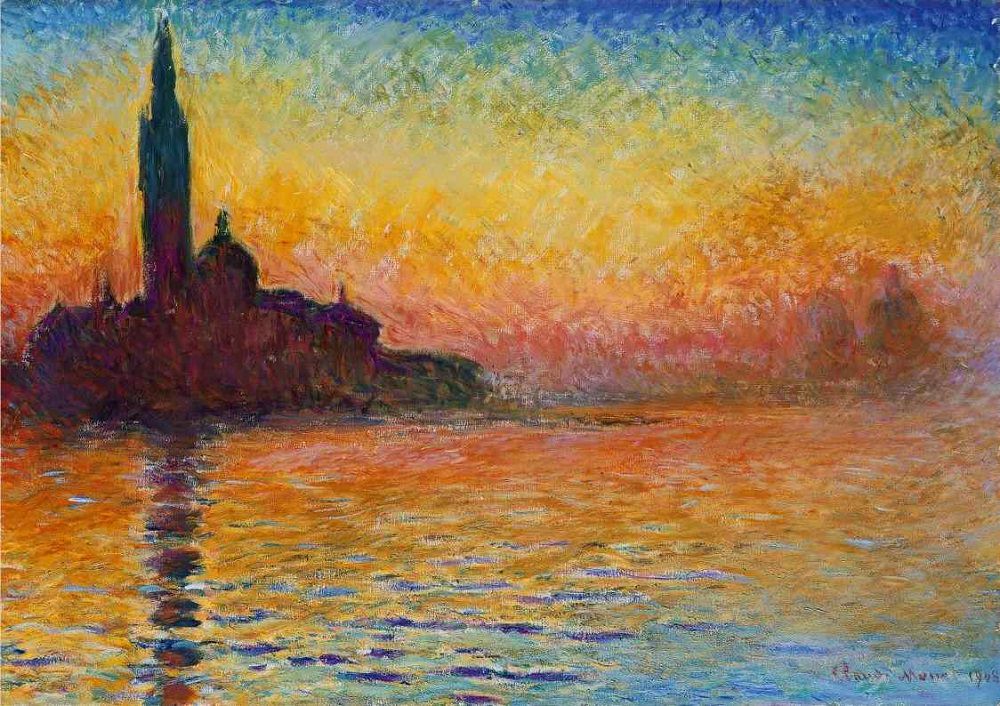
Sources:
- https://www.biography.com/people/claude-monet-9411771
- https://www.wikiart.org/en/claude-monet/view-at-rouelles-le-havre
- https://claude-monet.com/la-japonaise.jsp
- https://www.claude-monet.com/woman-in-a-green-dress.jsp
- https://www.ibtimes.co.uk/claude-monet-water-lilies-painting-sold-36-5m-sothebys-new-york-1499839
- http://poulwebb.blogspot.com/2013/12/claude-monet-part-26-1900-1908.html





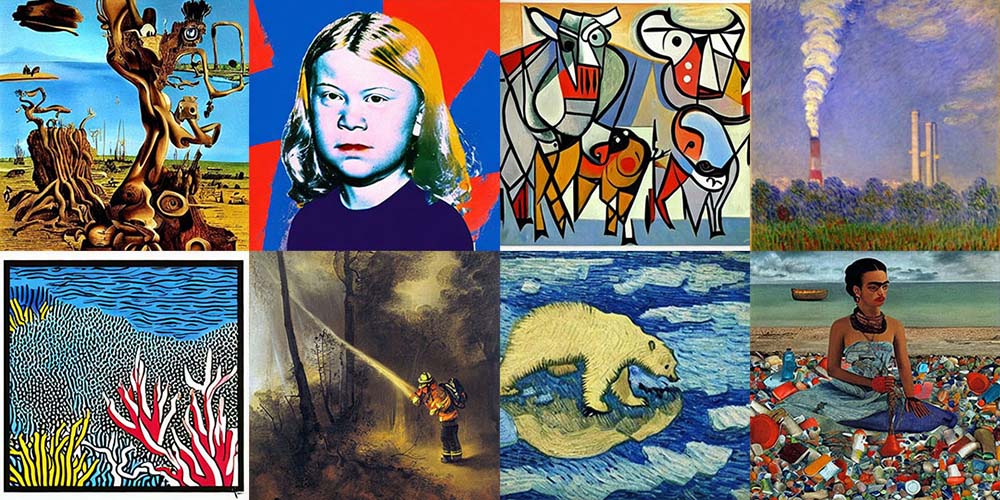


I was 11 or 12 when my father took me to a Van Gogh exhibition at the Laing Art Gallery in Newcastle upon Tyne. Seen live, not in a book, wonderful.